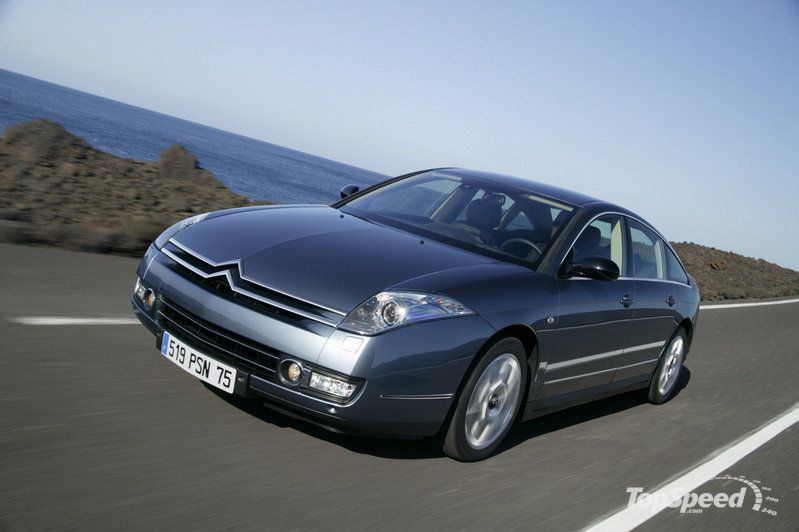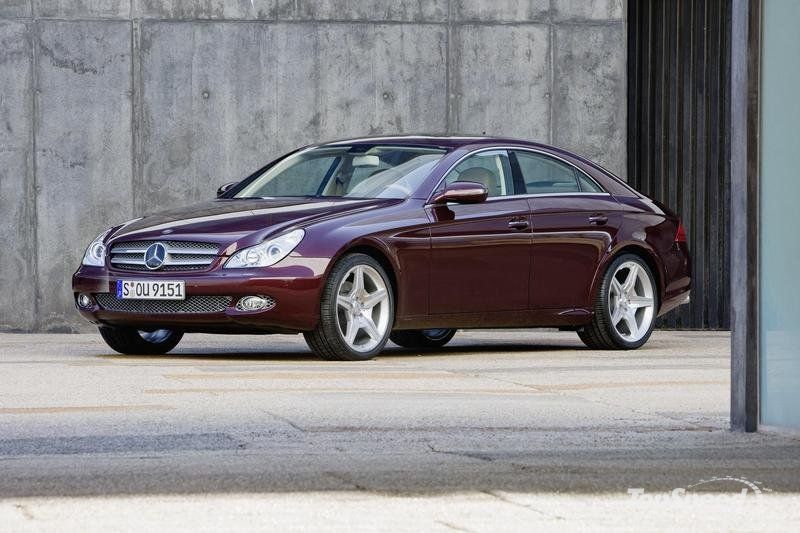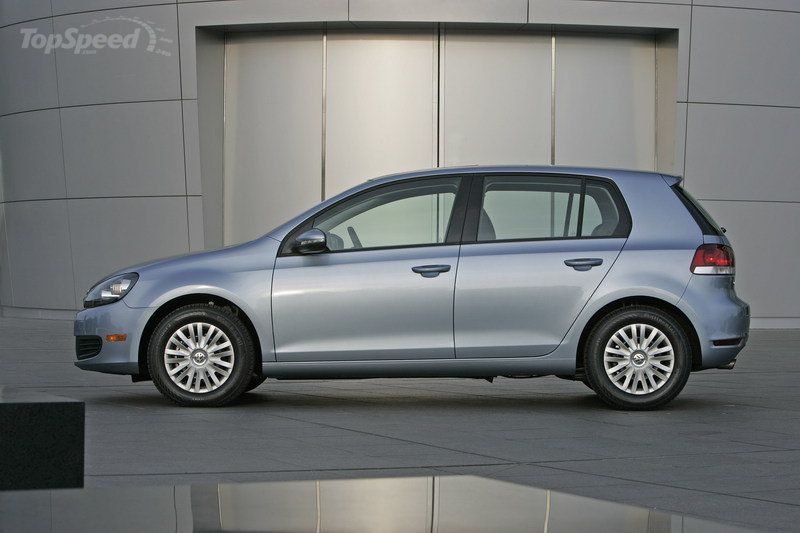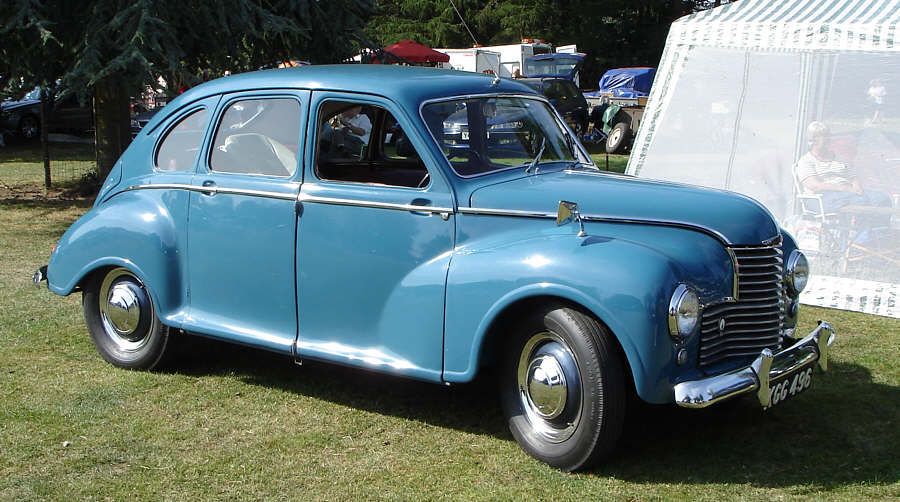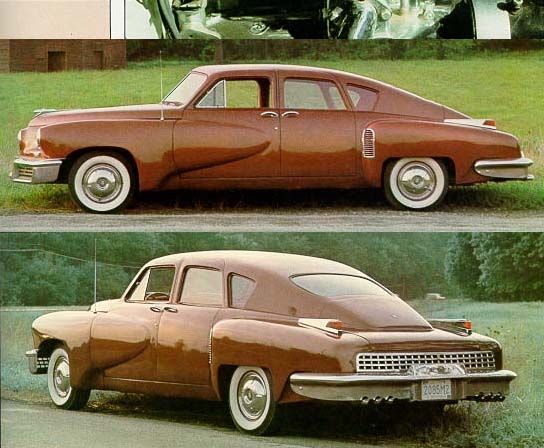When you take the time and effort to go through old family photo albums, something interesting pops up. Fashion trends are an odd thing. They come and they go, but a lot of the time, they come back. For better or for worse, the clothing that your parents or your grandparents wore might be coming back into style.
Large sunglasses - which are pretty hideous - were huge back in the day and are big once again, literally and metaphorically. Other examples include leather handbags, bell-bottom jeans, and funky jackets. It's all very fascinating.
The automotive world is no different. Back in the 1940s, cars were just beginning to get experimental. They were called fastbacks, hatchbacks, and four-door hatchbacks. No matter what you call them, they died out.
Or did they? The 2000s saw a revival in this design. It might be here to stay or it might not be, but let's take a look at the old cars that paved the way for the CLS->ke539 and the CCs of the world.
Hit the jump to find out which ones we are talking about.
The hatchback is a type of car that is similar to station wagons, which are indented to carry a large load and a large family. The biggest difference between the two is the size, as the hatchback has a smaller load area.
The typical hatchback roof begins to slope down behind the C-Pillar that results in a small amount of room behind the rear wheels. That means that there is no side window over the load area. Some car companies have models that have hatchback and wagon variants, such as the 1999-2007 Ford Focus->ke440.
There is also a big difference at the rear of the car. Wagons have more of a slanted rear window, while the hatchback rear end is more upright. These are called tailgates and there are many different types. The sedan-hatchback uses a tailgate that looks like a normal trunk. These were called liftbacks, but the term never caught on. A few examples of these hatchback sedans are the Chevrolet Malibu Maxx->ke1034 and four-door Volkswagen Golf->ke164.
So, to sum up, there are wagons that have a sloped hatch and there are hatchbacks that have a smaller wheelbase and a smaller load area. There are three-door hatchbacks like the Mercedes-Benz CLC->ke2725 and the Acura RSX->ke274 and then there are five-door hatchbacks like the old Citroen CX. Finally, there are four-door coupes like the CLS. But where did it all begin?
Back in 1932, before World War II began, a small automotive company called Stout created a tube-like vehicle called the Scarab. It was created to be the first minivan, but we like to think of it as the car that created the trend that carried through the 1940s.
In Europe, there were a few models that used the hatchback design. These include the Bugatti Type 57 Atlantic->ke1152, Porsche 356->ke666, Saab 92/96, Standard Vanguard, and the Bentley Continental R-Type.
Back in the United States, these models were commonly called “torpedo backs” and they included the Cadillac Series 61 and 62 Club Coupes, as well as a few models from Ford and Chrysler.
Let’s take a look at one car that we’re sure you’ve never heard of, the Jowett Javelin. Though it’s a car that was lost in the pages of history, the Javelin was an award-winning car made in the United Kingdom. It was produced from 1947 to 1953 and was designed by Gerald Palmer during the Second World War.
The Jowett Javelin featured aerodynamic styling with four-doors and a sloping rear. It wasn’t the first, but it was one of the best at the time. The Javelin could hit 60 miles per hour in 20.9 seconds and carried on up to 82.4 mph.
Across the pond in America, the Tucker Torpedo was being built. It would later be called the Tucker Sedan and it was produced in 1948 in Chicago. The Tucker never made it big and only 51 cars were made, but it was very innovative nonetheless.
The car had a similar, albeit more sleek design than the Javelin, hence the name torpedo. There were four doors and a sleek hatchback rear. It will take a bit of imagination, but the Tucker looks to be a big forerunner to the Mercedes CLS->ke539.
Throughout the 1940s, cars such as the Hudson Commodore, Hudson Hornet, and the Nash Ambassador used the hatchback-sedan design. It’s interesting to see that the big three couldn’t be bothered at the time with this unique styling. It wasn’t until 1978 that they used the design with the Buick Century.
The Century was rather ugly, like most American midsize cars in the 70s, and it didn’t sell very well. As quick as it came, the fastback sedan Century was gone. The same can be said of the Oldsmobile Cutlass, which also featured the hatchback four-door design. It suffered the same fate and was dead in 1980 along with the hatchback design.
It wouldn’t be until 2005 that we would see the design return in the Mercedes-Benz CLS-Class. The CLS features a coupe-like design with four doors. We love the look of the car and so did other automakers at the time, as a wave of new designs began to show up.
Where as automakers never gave the design a chance before, the world’s biggest companies are now fighting tooth and nail for their own four-door hatchback. Volkswagen created the CC, Jaguar has the XF->ke1236 and XJ->ke1206, BMW has the Gran Coupe, and Citroen has the C6->ke1059.
Even the high-end automakers are joining the fight. Porsche created the Panamera->ke1840 and the Aston Martin delivered the Rapide->ke1082, which is the most gorgeous four-door coupe design in this decade.
The Americans have been slow to create their own machine to rival the Europeans. As they did back in the 20th century, the big three have yet to join the party. It should be interesting to see how long it takes them and if they have a little more success this time around.

